Cupressaceae Tree
- March 13, 2024
- 0 comment
Cupressaceae is a family of coniferous trees commonly known as the cypress family. These trees are widespread and can be found across various regions worldwide, from temperate to subtropical climates. Cupressaceae trees are known for their distinctive cone-shaped foliage and often have a conical or columnar growth habit.
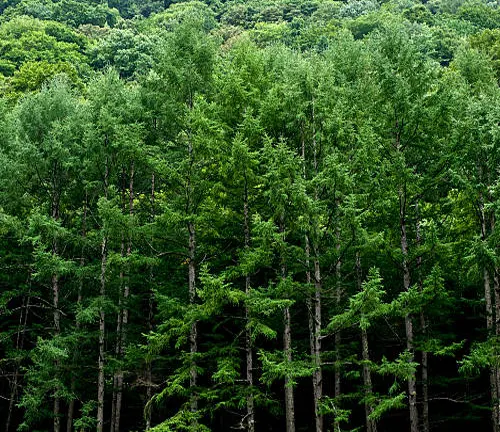
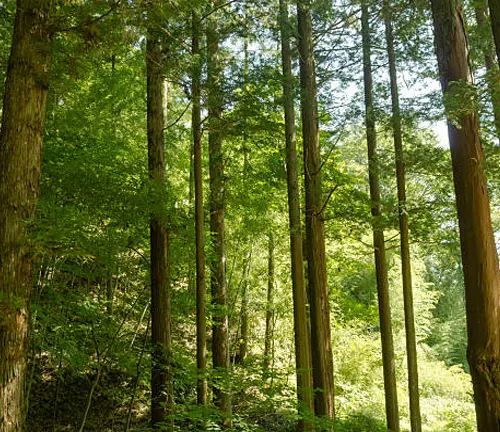
Some species of Cupressaceae trees have medicinal properties and are used in traditional herbal medicine. Extracts from juniper berries, for example, are believed to have diuretic and antimicrobial effects, while essential oils derived from cypress and cedarwood are used in aromatherapy for relaxation and respiratory health.
An array of remarkable trees that not only lend botanical beauty to landscapes but also serve vital ecological functions. With their captivating aesthetics and ecological significance, Cupressaceae trees have long fascinated botanists, horticulturists, and nature enthusiasts alike.
| Characteristics and Description | |
|---|---|
| Scientific Name | Cupressaceae trees belong to the scientific family Cupressaceae, characterized by their distinct coniferous features. |
| Common Names | They go by various common names such as cypress, cedar, juniper, and thuja, among others, depending on the species and regional vernacular. |
| Family | Belonging to the Cupressaceae family, these trees share botanical traits and evolutionary lineage with other conifers. |
| Native Region | Cupressaceae trees thrive in diverse habitats across the globe, ranging from temperate forests to arid landscapes, with notable concentrations in North America, Asia, and the Mediterranean. |
| Plant Type | Primarily evergreen, Cupressaceae trees vary in size, shape, and foliage, adapting to diverse environmental conditions. |
| Size | Their sizes range from small shrubs to towering giants, showcasing the versatility within the family. |
| Leaves | Most Cupressaceae species feature scale-like or needle-like leaves, contributing to their distinctive appearance and texture. |
| Flowers | Their reproductive structures typically manifest as cones, adding ornamental value and serving as a crucial element in their life cycle. |
| Propagation | Propagation methods include seeds, cuttings, and grafting, enabling enthusiasts to cultivate these trees in various settings. |
| Drought Tolerance | Many Cupressaceae species exhibit remarkable drought tolerance, making them resilient choices for arid climates and xeriscaping projects. |
| Cultural Uses | Throughout history, Cupressaceae trees have held cultural significance, symbolizing endurance, longevity, and resilience in diverse traditions and mythologies. |
| Ecological Role | Cupressaceae trees play pivotal roles in ecosystems, providing habitat, food, and shelter for wildlife while contributing to soil stabilization and nutrient cycling. |
| Notable Species | Among the notable species are the majestic redwoods, the aromatic cedar, and the elegant junipers, each with unique attributes and ecological contributions. |
| Hardiness Zones | Their adaptability to various hardiness zones makes Cupressaceae trees versatile additions to gardens and landscapes worldwide. |
| Growth Rate | Cupressaceae trees exhibit varying growth rates, influenced by environmental factors and species-specific characteristics. |
| Lifespan | Their lifespan varies widely, with some species living for centuries, embodying the enduring legacy of these botanical wonders. |
Botanical Beauty of “Cupressaceae”
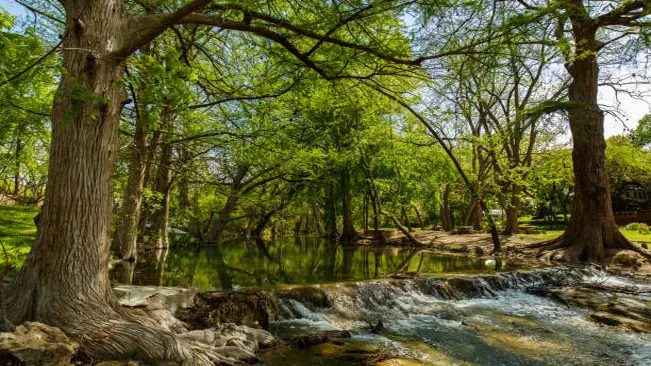
This term encapsulates the visual charm and allure of Cupressaceae trees, highlighting their graceful forms and intricate foliage. From the symmetrical elegance of junipers to the towering majesty of redwoods, these trees captivate observers with their botanical splendor, evoking admiration and reverence.
Woodland Elegance
Woodland elegance refers to the refined and harmonious quality exhibited by Cupressaceae trees within forested environments. These trees contribute to the visual appeal and natural charm of woodlands, enriching landscapes with their graceful presence and enhancing the overall aesthetic of forested areas.
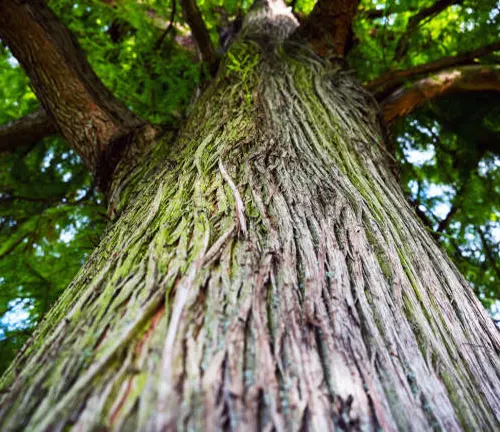
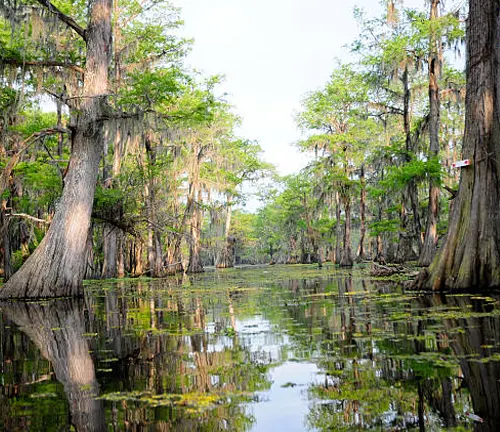
Ecological Imporatance
Ecological importance underscores the pivotal roles and contributions of Cupressaceae trees to ecosystems and biodiversity. These trees provide essential habitat, food, and shelter for wildlife, while also aiding in soil stabilization, nutrient cycling, and ecosystem resilience, thus playing a crucial role in maintaining ecological balance and function.
Cultivation and Conservation
This term encompasses the practices and efforts involved in growing and preserving Cupressaceae trees. It includes techniques for planting, nurturing, and propagating these trees in various settings, as well as initiatives aimed at conserving endangered species and protecting their habitats, ensuring their survival for future generations.
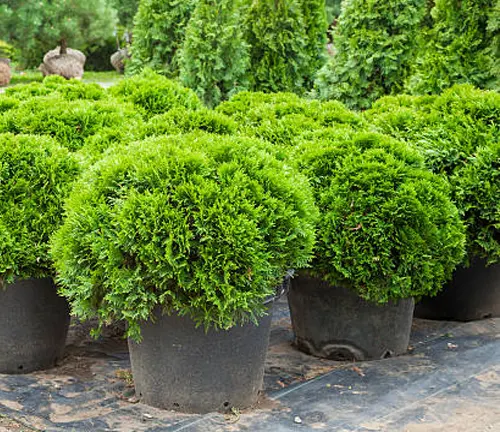
Fragrance
Fragrance refers to the characteristic scent emitted by certain species of Cupressaceae trees, such as cedar and thuja. This distinct aroma, often described as woody or resinous, adds to the sensory appeal of these trees and may have cultural, therapeutic, or practical applications, enhancing the overall experience of encountering these botanical wonders.
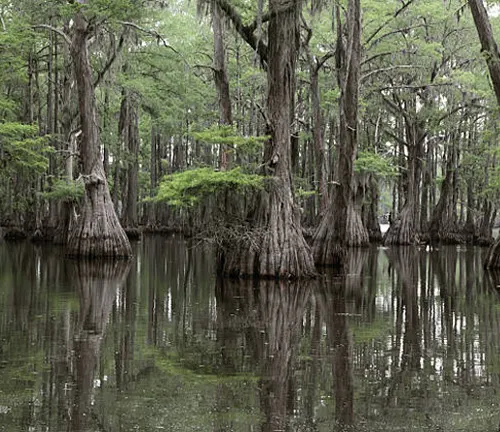
Soil Stabilization
Soil stabilization denotes the crucial role played by Cupressaceae trees in preventing soil erosion and maintaining soil integrity. Their extensive root systems help anchor soil, reducing erosion and sedimentation, while their ability to absorb water and nutrients contributes to soil health and stability, making them valuable allies in environmental conservation and land management efforts.
Common Uses
Common uses encompass the practical applications and purposes for which Cupressaceae trees are utilized. These may include timber production, construction materials, ornamental landscaping, aromatherapy, medicinal remedies, and cultural practices, reflecting the diverse ways in which these trees enrich human lives and societies.
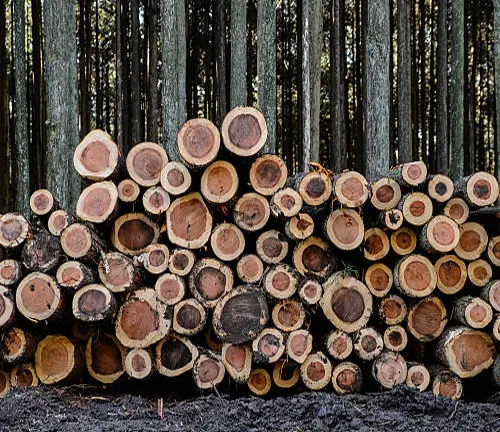
Benefits
Benefits refer to the positive impacts and advantages associated with Cupressaceae trees, both ecologically and culturally. These may include enhancing biodiversity, improving air and water quality, providing shade and shelter, promoting mental well-being, and fostering cultural traditions and heritage, underscoring their multifaceted value to ecosystems and societies alike.
Different Species
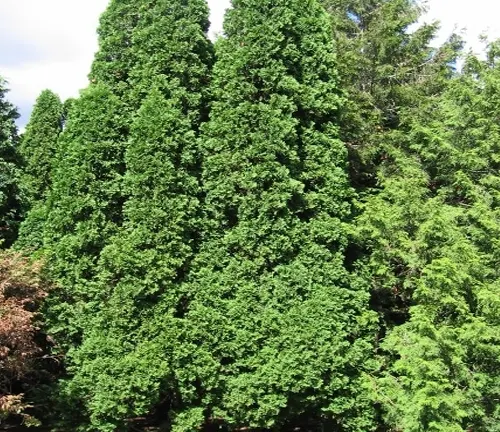
Thuja occidentalis
(Northern White Cedar)
Native to North America, this species is prized for its ornamental value and aromatic foliage, often used in landscaping and timber production.
Chamaecyparis lawsoniana
(Port Orford Cedar)
Endemic to the Pacific Northwest, this species is renowned for its graceful form and durable wood, utilized in construction and decorative applications.
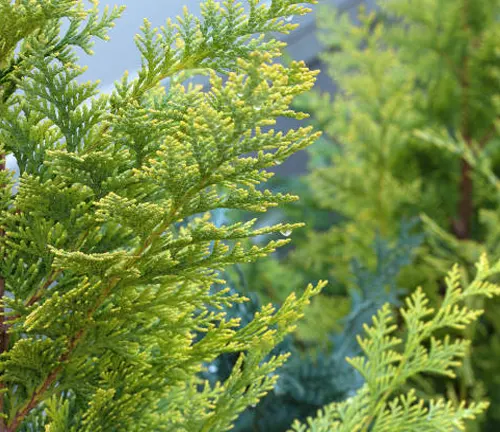

Juniperus virginiana
(Eastern Red Cedar)
Widely distributed across eastern North America, this species is celebrated for its vibrant red wood and aromatic properties, serving as a valuable resource for wildlife and humans alike.
Cupressus arizonica
(Arizona Cypress)
Native to the southwestern United States and northern Mexico, this species is known for its drought tolerance and distinctive blue-green foliage, making it a popular choice for landscaping in arid regions.


Calocedrus decurrens
(Incense Cedar)
Found in western North America, this species is prized for its fragrant wood and ornamental appeal, often used in furniture-making and crafting.
Cryptomeria japonica
(Japanese Cedar)
Indigenous to Japan, this species is revered for its rapid growth and elegant form, cultivated for timber production and ornamental landscaping.
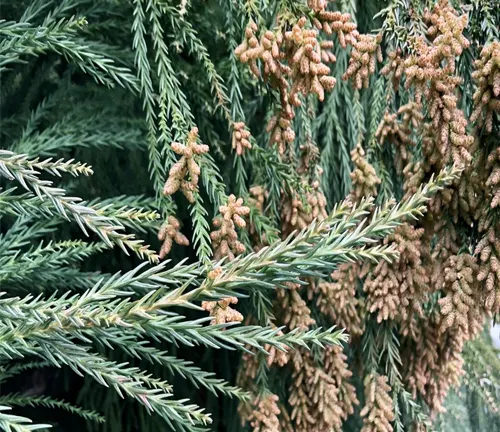
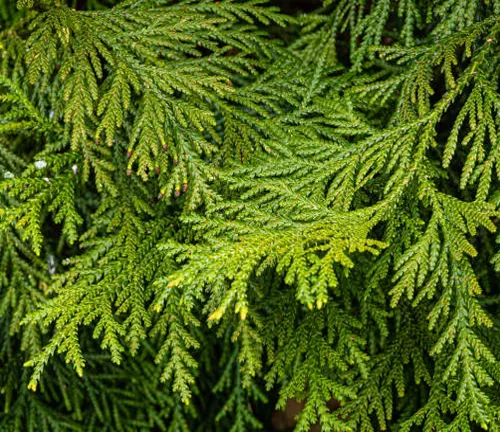
Thujopsis dolabrata
(Hiba Arborvitae)
Native to Japan, this species is valued for its dense foliage and resistance to pests, commonly planted as a windbreak or privacy hedge.
Frequently Asked Questions (FAQs)
- What are Cupressaceae trees?
- Cupressaceae trees are a diverse family of coniferous trees characterized by their scale-like or needle-like leaves and cone-bearing reproductive structures.
- Where are Cupressaceae trees commonly found?
- Cupressaceae trees are found in various habitats worldwide, including temperate forests, coastal areas, and arid regions, with notable concentrations in North America, Asia, and the Mediterranean.
- Are all Cupressaceae trees evergreen?
- While most Cupressaceae species are indeed evergreen, there are exceptions, such as the deciduous cypress.
- Do Cupressaceae trees require special care in cultivation?
- While they are generally low-maintenance, some species may benefit from specific soil types or pruning techniques for optimal growth.
- Can Cupressaceae trees withstand harsh climates?
- Many Cupressaceae species exhibit remarkable resilience to diverse environmental conditions, including extreme temperatures and drought.
- Are Cupressaceae trees susceptible to any diseases or pests?
- Like any plant species, Cupressaceae trees may face challenges such as fungal infections or insect infestations, but proper care and preventive measures can help mitigate these risks.
- Can Cupressaceae trees be grown in containers or small spaces?
- Certain dwarf varieties of Cupressaceae trees are well-suited for container gardening or small gardens, providing opportunities for urban and space-constrained environments.
- What are the cultural uses of Cupressaceae trees?
- Throughout history, Cupressaceae trees have held cultural significance, symbolizing endurance, longevity, and resilience in diverse traditions and mythologies.
- How long do Cupressaceae trees live?
- The lifespan of Cupressaceae trees varies widely, with some species living for centuries, embodying the enduring legacy of these botanical wonders.
- What are the ecological roles of Cupressaceae trees?
- Cupressaceae trees play pivotal roles in ecosystems, providing habitat, food, and shelter for wildlife while contributing to soil stabilization and nutrient cycling.



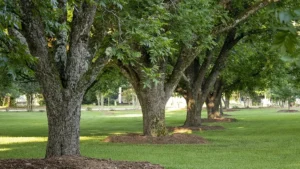
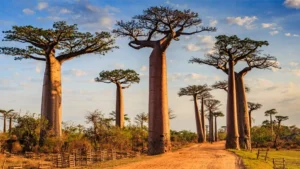

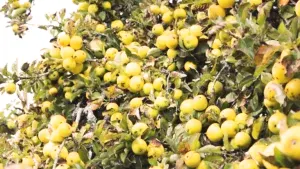
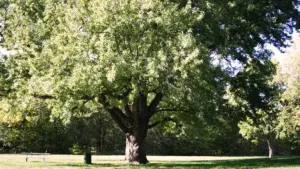
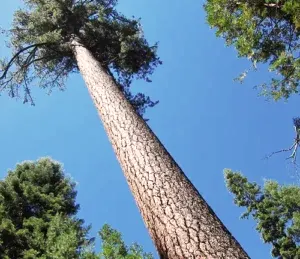


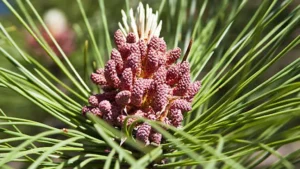
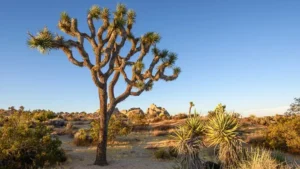
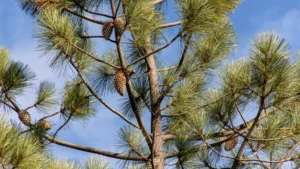
Leave your comment